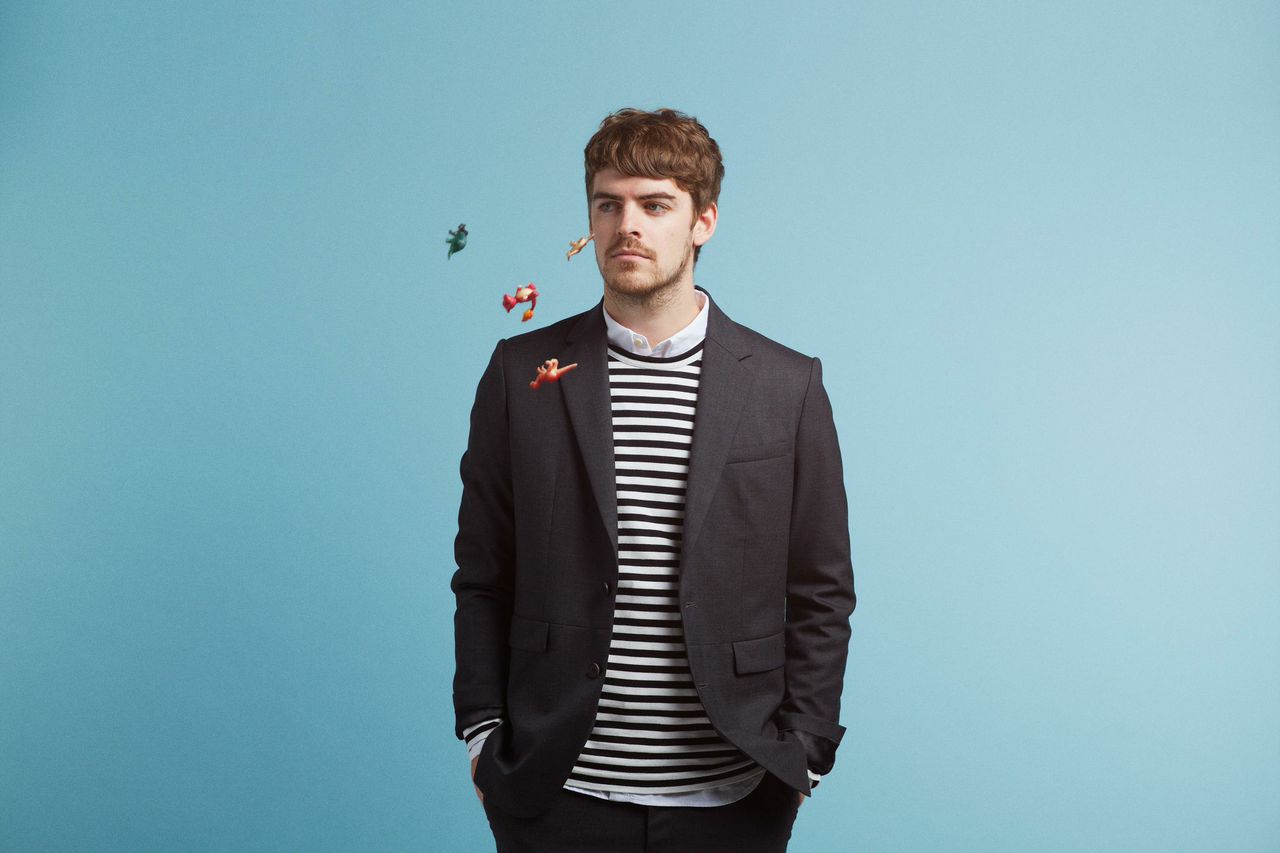This up-and-coming Canadian artist has continued to grow in his moments alone on the road
It’s been just over a year since Ryan Hemsworth was last featured in The Concordian, but in those 13 months, he’s grown to astonishing new heights.
Last October, I compared Hemsworth to a tree. Rooted in a childhood of guitar playing and lyric writing, his branches are ever-expanding; he’s toured across the globe, started a label, and released his second studio album. But with the release of Alone for the First Time, his focus is less on stretching towards the sky and more on strengthening his roots.
While many of his best-known songs are upbeat, Hemsworth used this album as an outlet for introspection; it’s a window into himself, an audible documentation of what it’s like to get to know yourself in the endless stretches of hotel rooms, plane rides and alone time between hour-long sets.
“I made this album in the past, like, six to eight months on the road, in between shows and at hotels and airports and stuff,” he said. “I produced it all on my laptop. But I got a lot of friends to help with it, so it’s a lot more collaborative than the last few projects I’ve put out.”
There’s no better place to start the process of self-discovery than childhood, and since he’s been making music since before the days of laptop production, this album incorporates those first roots of musical interest—playing the guitar.
“In ‘Blemishes,’ all that guitar part is me, and a few other tracks have guitar parts throughout them as well,” he said. “But ‘Blemishes’ is the one that I wanted to go all out and play a lot of weird, different stuff on it. If you hear any guitar, that’s me, rockin’ out.”
But one thing we won’t hear anytime soon is Hemsworth’s own voice in his music.
“All the features on this album are basically vocal features,” he said. “But I did little, like, bits of singing in the background, and then I would mess with it until it didn’t sound like my voice anymore. Since the guitar doesn’t come from my vocal chords, it’s a little less personal, I guess. I also made sampler keyboard sounds out of acapellas that my friends made, each singing one note, and then turned those into notes on the keyboard. That’s how I made the intro to ‘Snow in Newark’ and the outro to ‘Walk Me Home.’”
Alone for the First Time is an exploration. It’s hard to create an accurate image of the feelings it incites; you can simultaneously feel the rush of performing and the loneliness of life on the road. There’s something about impermanence—the view out of your bedroom window is never the same, and the scenery flashing by your car windows eventually becomes a kaleidoscope, indistinguishable from one place to the next.
“It’s hard trying to lead somewhat of a normal life when my friends are in one place and I’m not there,” said Hemsworth. “It’s a balance of mostly good and maybe slightly bad, because you’re just becoming a nomad and you don’t have a home. But in a way, you start to get used to it.”
For someone who’s a self-proclaimed introvert, travelling alone doesn’t have to be scary—it can be an opportunity for growth instead.
“It probably would either break you down or make you a bit more of an open person,” he said. “It’s definitely opened me up a little bit. Before touring and travelling, I was definitely a lot more shy than I am now, even though I’m still probably fairly shy. But it’s awesome to be able to start having little groups of friends in different cities. Regardless of not seeing certain people for a while, I’ll always have some friends around, which is cool.”
But as Alone for the First Time hints, a life of constant motion can be a lonely one. Surprisingly, the most crowded places—festivals and clubs, for example—can be the loneliest.
“It’s kind of weird,” Hemsworth laughed. “It helps a lot to be with a crew, because sometimes I’ve shown up at festivals just totally by myself. It’s definitely good to have some friends, and also to get a little drunk beforehand. Sitting backstage by myself is really not an ideal way to pump myself up to play in front of thousands of people, but it happens more often than people realize! But at least backstage we have chicken wings.”
To counteract that loneliness, Hemsworth has planted a forest to grow alongside him with the creation of a project called Secret Songs.
“It’s becoming a ‘label thing,’ but I started it as basically a way to put out my friends’ music who don’t have a lot of listens on Soundcloud or whatever,” he said. “That’s what everyone cares about nowadays, for some reason. I just wanted to use whatever popularity I had to get people into stuff that I think is probably better than my music. And on the tour I’m doing that’s starting up now, I’ve got most of them opening shows across North America. I’m trying to keep everything sort of like a family, I guess.”
Ryan Hemsworth plays at Le Belmont on Nov. 14.
